Poke about in many a memory, and bingo, there’s often a budgie. In Mark Carter’s case it’s Bluey, an ’80s childhood pet last sighted in a gnarled old pear tree on the banks of the Annick Water in Ayrshire, south-west Scotland.
“My mother hated seeing him in a cage so would let him out to fly around the house. But one day she left the window open and off he flew,” Mark recalls. “He hung around for a few days, and after school my dad and I would go sit under the tree trying to tempt him down, but he wasn’t interested. Then one day he was no longer there.”
Fast forward three decades and Mark is now a zoologist specialising in outback ecology, living and working in wild budgerigar heartland. As guide manager at the Alice Springs Desert Park, Mark has experienced many wonders, but rates none so highly as a budgie murmuration.
“People talk about things that are quintessentially Australian or really big signifiers of the land, and for me those big budgie events are the peak of life in the outback,” he says. “They always result from a boom season – where there has been plenty of rain and resources, the right pattern of wet and dry to boost the numbers. So when that happens it’s almost like an expression of joy in the landscape.”
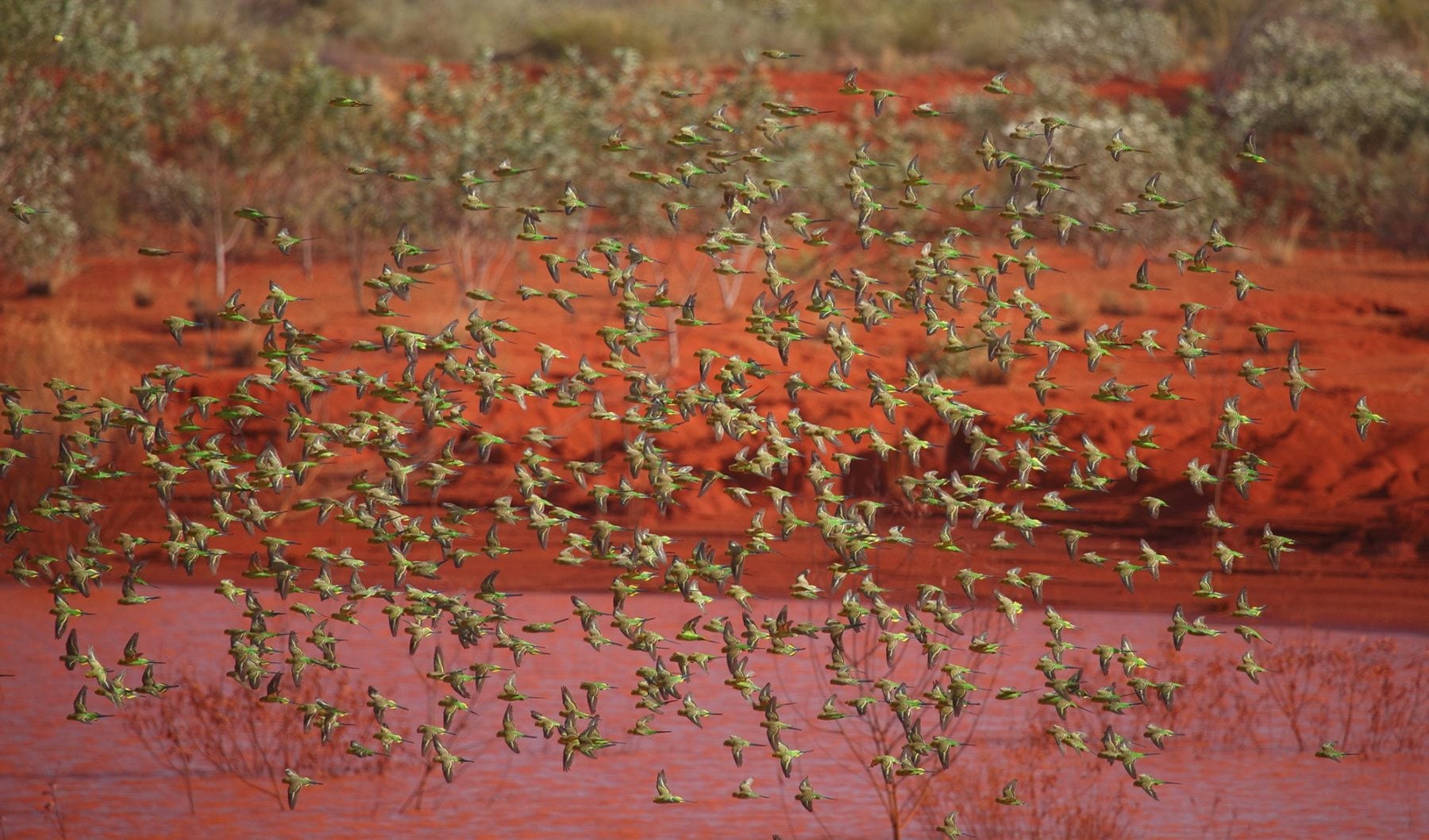
To witness Melopsittacus undulatus in the hundreds of thousands, even millions, flashing gold and green as they twist and turn in unison to create billowing patterns in the sky, is on the bucket list of many serious international birders. But so enthusiastically has the budgerigar been embraced overseas as a pet and exhibition bird that many of us, even here on home ground, may have lost sight of the fact it is indeed an Australian native.
On 14 August it will be 180 years to the day since the great 19th-century ornithologist John Gould, his wife, Elizabeth (known as Eliza), joined by two of their children and a servant, walked unsteadily down the gangplank of the barque Kinnear onto the London docks after four months at sea. Their baggage, including many dead bird and animal specimens, would be portered to Broad Street, Soho, later. But a pair of precious little parrots – almost the only living creatures to survive from the menagerie Gould collected in Australia – travelled to their home with them.
Eliza had a sentimental attachment to those particular birds because they had been hand-reared by naturalist Charles Coxen, the younger of two of her brothers who lived in Australia. And they gave her ambitious husband an entry to the drawing rooms of London’s highest society – a parrot pass key that enabled the gardener’s son to ascend the English class system and rub shoulders with royalty.
The budgerigar was first scientifically described in 1805 by English zoologist Dr George Kearsly Shaw from a single specimen collected near Parramatta, New South Wales, in 1792. But it was Gould who gave the species its full Latin binominal name and dubbed budgerigars warbling grass parakeets.
Introducing them in his opus, The Birds of Australia, accompanied by a plate illustrated by Eliza, a talented artist, Gould enthused “this lovely little bird is pre-eminent for both beauty of plumage and elegance of form, which together with its extreme cheerfulness of disposition and sprightliness of manner, render it an especial favourite”. But even Gould was unprepared for how swiftly the cult of the budgerigar – or gidjirrigaa, as the bird was known by the Kamilaroi people of the NSW Liverpool Plains from where his specimens were taken from their nests – would take hold.
The international trade of budgies
In 1845 a pair was still rare enough to warrant presentation, like living jewels, to Queen Victoria. By the turn of the century gypsy street traders were using the birds to tell fortunes, having trained them to pluck punters’ horoscopes from a box for a penny a pop. Writing in the early 1860s, Gould observed “nearly every ship coming direct from the southern parts of Australia has added to the numbers of this bird in England; and I have more than once seen two thousand at a time in a small room at a dealer’s in Wapping. The bird has also bred here as readily as the Canary.”
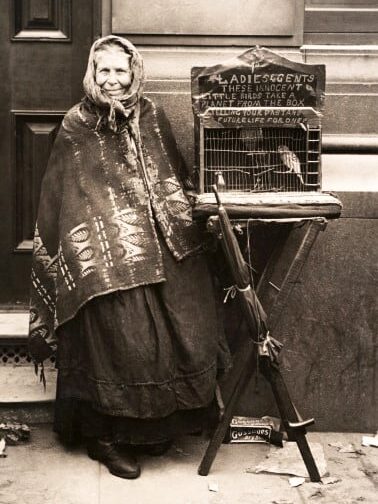
On the budgies’ home turf there was money to be made across the supply chain by anyone who could contrive or carry a cage – bird catcher, wildlife dealer, farmer, innkeeper, sailor, even the lowliest steerage passenger. Being close to both the arid interior and Murray River breeding grounds favoured by the green-and-gold parrots, Adelaide became the gateway for much of the world’s breeding stock.
The trade escalated with the advent of faster steamers. The steamship Souchays, for example, returned to England in 1867 laden with copper, wool, flour and 15,000 pairs of budgies, or, as they were then commonly known, shell parrots. The same year, Lycurgus Underdown, publican of the Hindmarsh Hotel in central Adelaide, amassed a huge stock of birds including more than 35,000 budgies, which he kept in cages behind the pub and advertised to ships’ captains.
But the top cocky of the budgie business was one John Foglia. The son of a Swiss-Italian silk-making family, Foglia established a successful native fauna export business in Adelaide after migrating to South Australia in his 20s. Even though the retail price for landed birds had dropped from £5 a pair in 1855 (equivalent to $780 today) to 8 shillings ($62 today) by 1881, demand remained high, as Foglia found. On one occasion he sold 16,000 budgerigars to a single dealer, observing “it took three of us three days from 7 o’clock in the morning to 7 o’clock at night to count them”. Between 1885 and 1909 Foglia shipped, by his own estimate, an average of 40,000 birds a year, the overwhelming majority of which were budgies.
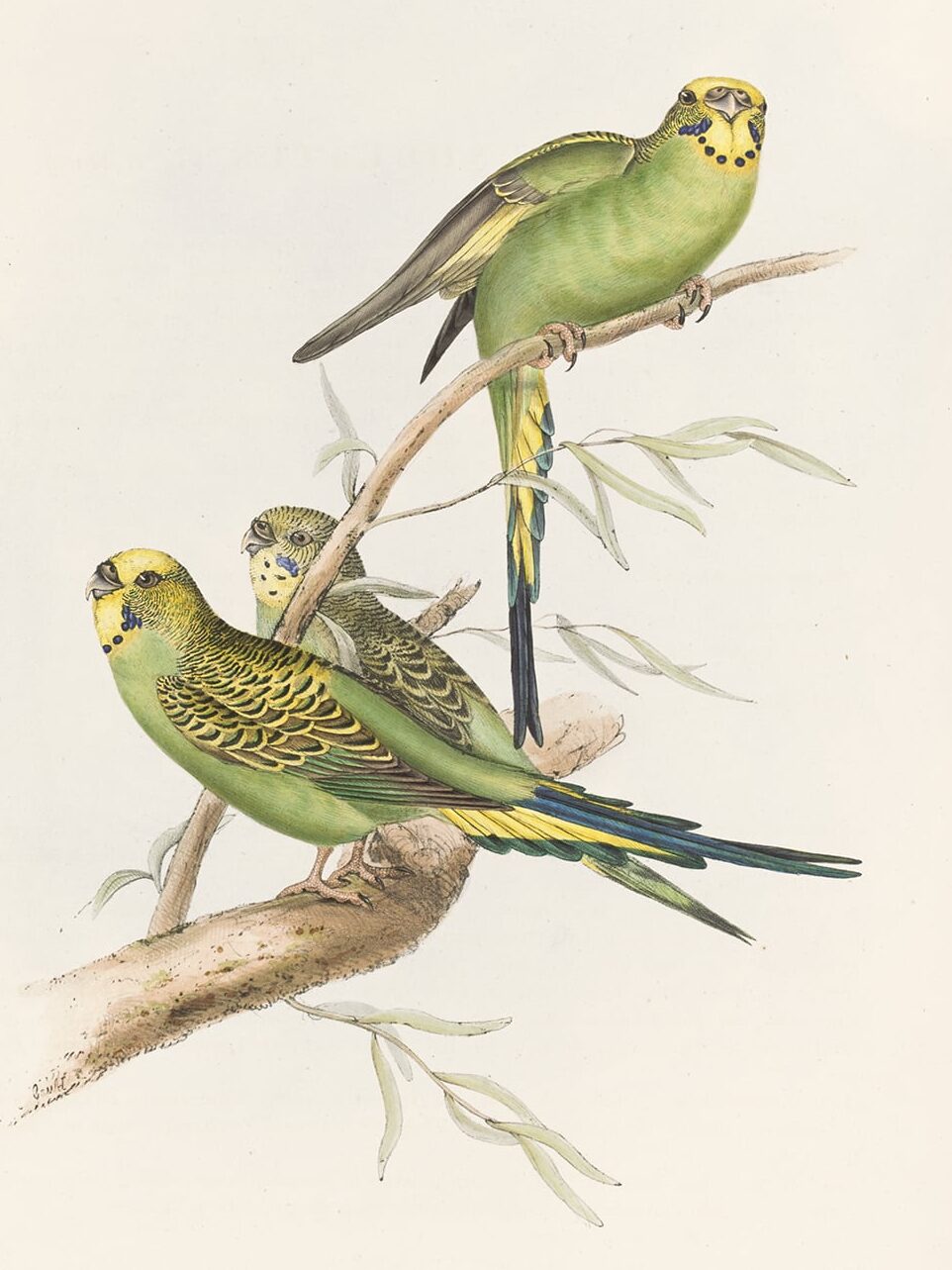
The birds that survived the sea voyage packed tight in tiered, wire-fronted cages to be cooed at in cooler climes were in some respect the lucky ones. Parrot pie was still on the colonial menu, and, as late as 1882, the SA Gun Club was recorded as substituting budgies for pigeons when they were “not up to mark” on its shooting ground at the Morphettville Racecourse. But the open season on budgies was about to be brought to an end by one of the world’s fledgling conservation movements.
In many ways demand for budgies was a by-product of a general Victorian-era frenzy for feathers that saw birds simultaneously admired, hunted, plucked and stuffed en masse in the name of fashion. One of the more modest examples of the “murderous millinery” period is an 1890 silk, lace and velvet bonnet topped with three dead budgies and held in New York’s Metropolitan Museum of Art collection (see above right).
Growing outrage over the feather trade, which saw more than 1.5 million pounds (680 tonnes) of plumage go through London’s Mincing Lane auction houses annually, crystallised as more and more bird species were pushed to the brink.
In 1894 the first Australian branch of the Society for the Protection of Birds was formed in Adelaide and included a good number of influential local matrons who, in accordance with the rules of the organisation, eschewed the wearing of feathers.
Wild and tame
In 1897 the society made an impassioned plea for bird welfare in a deputation to the state government that included in its case “budgerigars taken to England by the masters of ships …the birds were often crushed in a small space, where large numbers of them died on the voyage”.
These early animal rights campaigners’ efforts were rewarded with the introduction of the Birds Protection Act 1900 (SA), which, for the first time, offered the budgie some safety for at least part of the year. The introduction of a closed season in SA, which prohibited the trapping and exporting of budgies between 1 July and 12 January, had a significant impact on the trade.
Incredibly, the wholesale capture of these hardy little birds for decades hardly seemed to have made a dent on their wild population. One of the great strengths of the species is its ability to breed very quickly, with populations exploding into millions in good times and plummeting in the bad.
So it was, in January 1932, when a heatwave gripped Central Australia with temperatures averaging from 46.70C to 520C for 16 successive days. At Paratoo, about three and a half hours north of Adelaide, witnesses reported how budgies escaping the ferocious heat darkened the sky from 5am to 8am as they passed overhead at an estimated rate of 1–10 million every 10 minutes.
Millions more didn’t make it. At Kokatha Station, one of the westernmost homesteads in SA, it was a scene of devastation, with 5 tonnes of parrots, drowned by the weight of waves of desperate new arrivals, removed from a single dam.
Today the budgie remains the quintessential Australian bird in the wild while at the same time retaining its perch as the planet’s most popular pet bird and most competitively exhibited avian species. Adaptable, intelligent and hardy, it had obvious appeal as a pet even before the first colour mutations appeared in European aviaries in the late 19th century.
Always was, always will be
There’s no question the word budgerigar is derived from Aboriginal languages, albeit corrupted by clumsy colonial attempts to record it. Since the earliest inhabitants first set foot on Australian soil more than 50,000 years ago they have known the budgerigar.
As one of the creatures created by the spirits, the budgerigar ancestor also shines in the heavens of Aboriginal astronomy, and in Dreamtime telling has always been there, which, in a way, it has.
The oldest evidence of the budgie is a foot bone found in Rackham’s Roost in the World Heritage-listed fossil ground of Riversleigh in north-western Queensland. It’s estimated to be at least 1.1–2.8 million years old, considerably pre-dating anatomically modern humans.
Strongly associated with the getting of wisdom, the budgie is embedded in paintings, stories, songs and ceremonies of many different Aboriginal nations.
In the continent’s harsh heart, the birds served as bellwethers, heralding rain and signposting food and water for nomadic desert groups who closely observed their seasonal movements.
Budgerigars famously feature in the Tjukurrpa – The Dreaming – depicted in the art of the Warlpiri people whose country is centred in the Northern Territory’s Tanami Desert. Here, the budgerigar is known as ngatijirri and is a recurring motif in the art of its custodians, expressed by both the footprints of the birds on the ground and cross-sectional views of the birds in flight. These artful expressions of country offer clues to the location of water and ceremonial sites. Young desert men are taught the ancient wisdom of the Budgerigar Dreaming path, learning key locations through songlines and sand drawings during initiation ceremonies. The birds often bear witness to key events of Aboriginal law.
Thrown onto the ashes of small fires and with all the feathers singed off, they also made good eating and provided valuable protein. The eggs and baby birds were considered delicacies right across the tribal groups whose territory they shared.
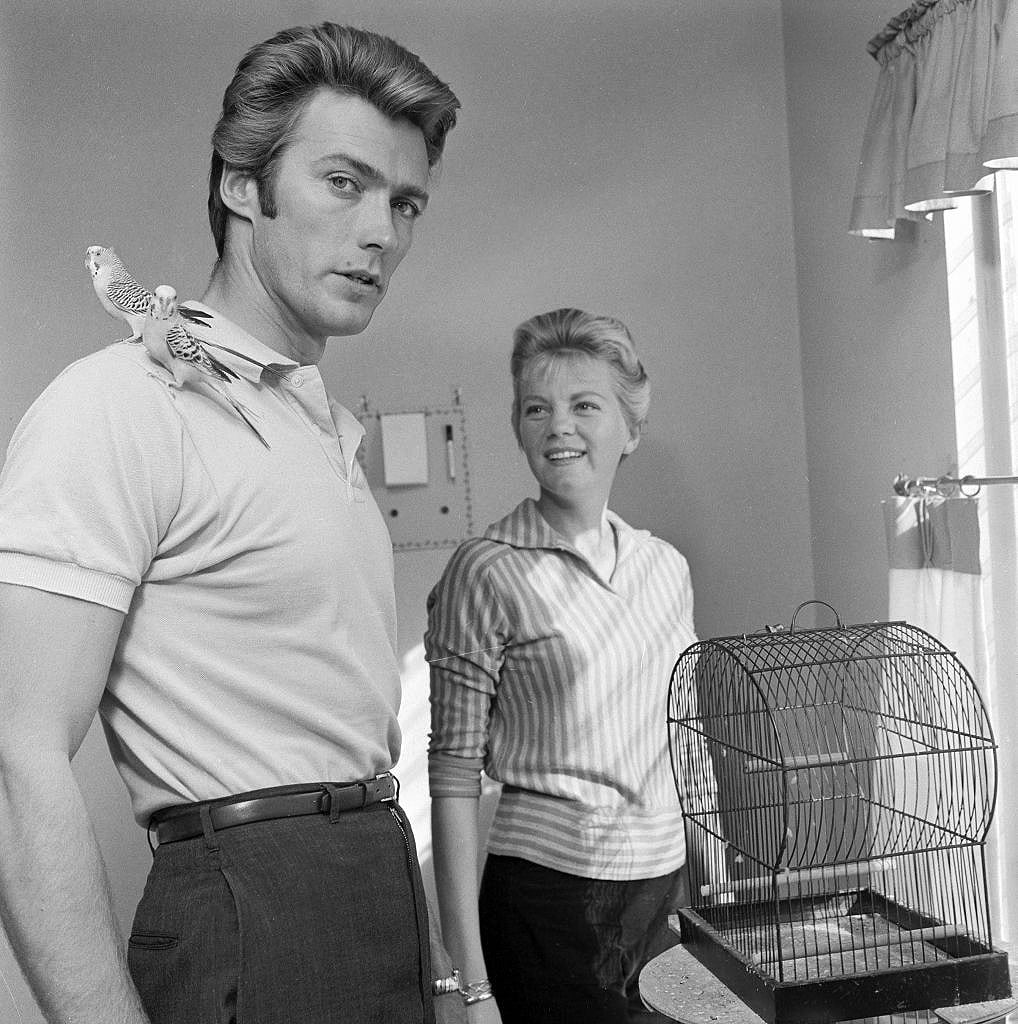
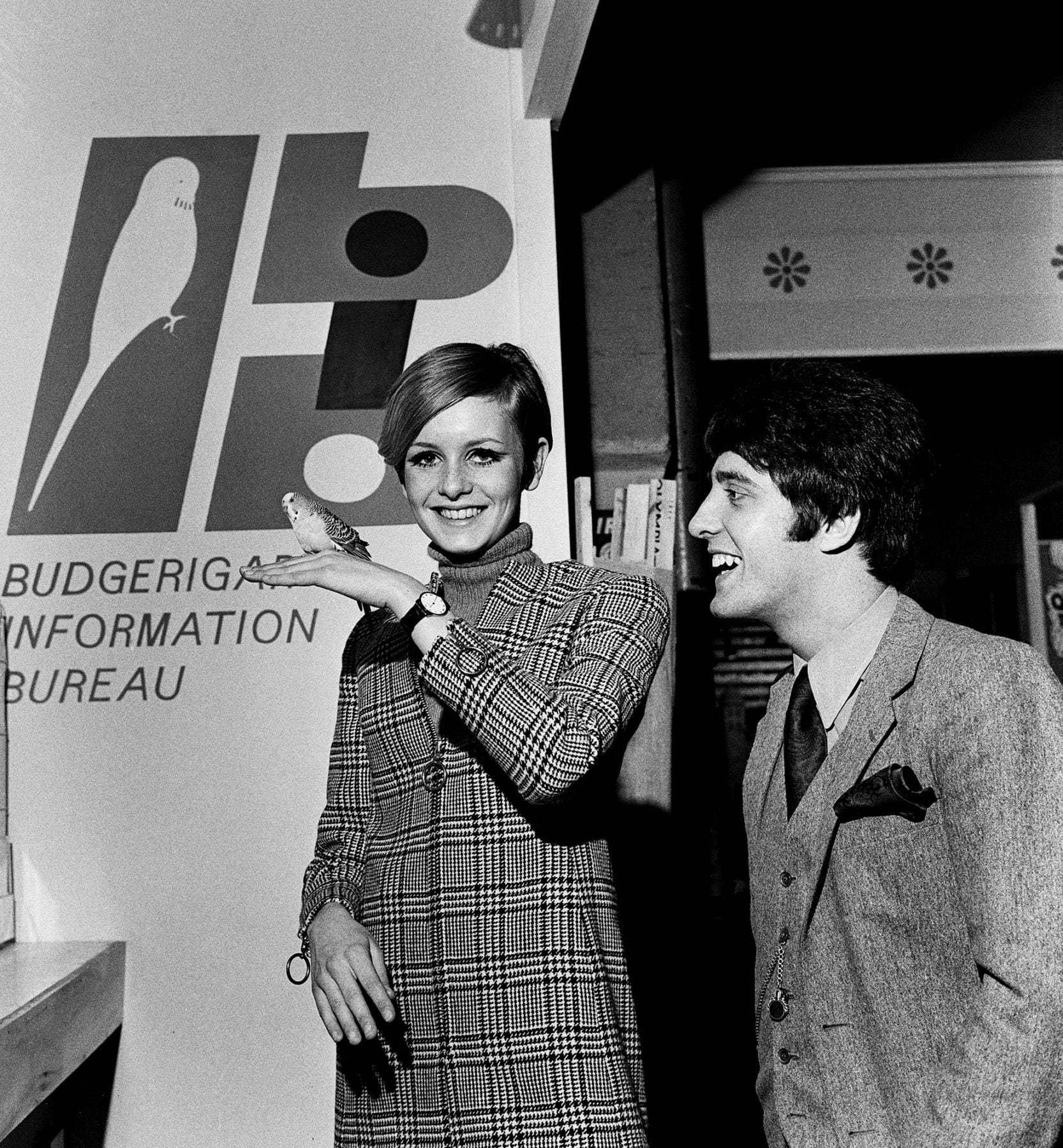
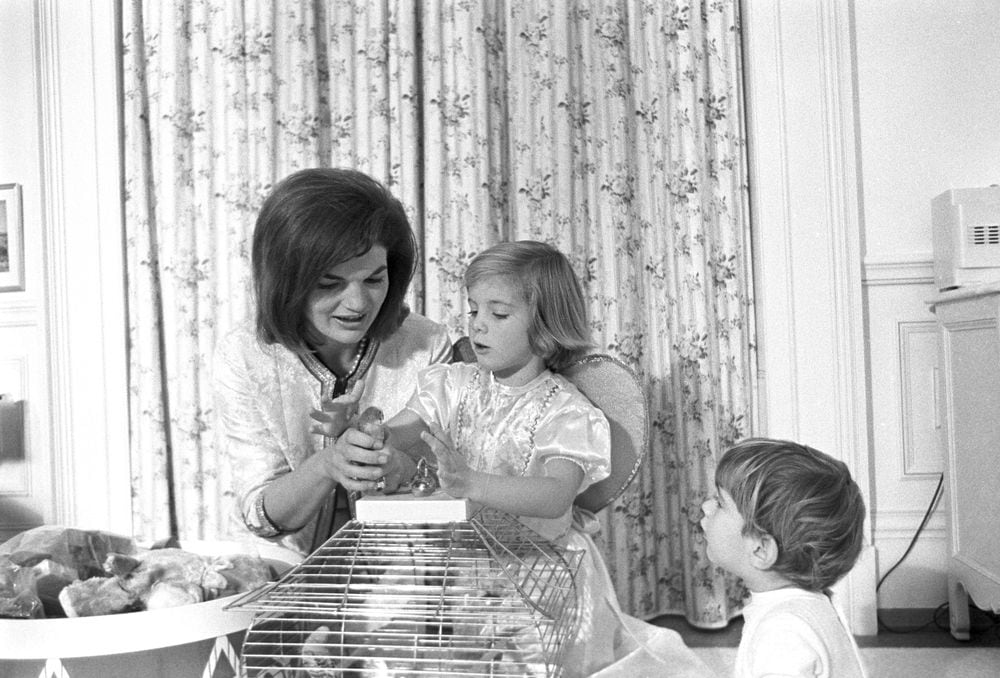
Budgie fanciers
The appearance of the first yellow and blue budgies in aviaries in Belgium in the 1870s sparked a craze for colour. By the 1920s birds of a rare-hued feather were attracting princely sums. Japanese nobility, led by Emperor Hirohito, ignited an extraordinary boom in the budgerigar market when the birds became popular as betrothal gifts from the families of wealthy grooms to their brides-to-be. In 1927 one member of the Imperial Household paid £175 (equivalent to more than $20,000 today) for a single blue budgie.
The blue parrots were so prized that the British bestowed them upon the 14th Dalai Lama when he was enthroned in Lhasa, Tibet, in 1940. Two pairs of budgerigars, bounced across the Himalayas in below-zero temperatures on pack mules, proved far more interesting to the then four-year-old Tenzin Gyatso than the freshly minted gold bar, 10 bags of silver and other gifts that accompanied them.
Budgie fanciers have included some of the world’s most prominent figures. Toby the budgie used to perch on the pen of British prime minister Winston Churchill. And the Queen once exhibited birds when still a princess. To this day a flight of royal homing budgies is maintained, complete with their specially designated keeper. A young Richard Branson recorded his first entrepreneurial success breeding budgies as a teenager.
By the 1950s and 1960s budgies could be found perched in every fifth household in Australia, the UK and Canada. In the USA, where the birds are known as parakeets, they were no less ubiquitous and found themselves at home in the White House as pets of John F. Kennedy’s children and also in the homes of such celebrities as Marilyn Monroe and Clint Eastwood. Even the domestic terrorist known as the Unabomber had a pet parakeet as a child.
The birds became embedded in popular culture, arriving in earnest when a budgie called Joey was written into the long-running BBC radio drama The Archers in 1953. They later also found roles in hit British sitcoms such as Porridge, Bless This House and George and Mildred.
The word budgerigar naturally became enshrined in Aussie slang. A “dunny budgie” is a giant blowfly, while “budgie balls” reflects quite the opposite view of testicles. In World War II the word budgerigar was used to describe soldiers who frequently wrote to wives or girlfriends. If a tent had a number of budgerigars it became “an aviary” in army lingo.
More recently, the late, great comic genius John Clarke, who was born in New Zealand but lived and worked in Australia from the 1970s, coined the profoundly ego-withering term “budgie smugglers” as a descriptor for the type of swimming briefs favoured by surf lifesavers and former Australian prime minister Tony Abbott. That phrase found its way into the Oxford Dictionary in 2016.
The birds’ tweety image has been used to sell everything: whisky, waffle syrup, laundry detergent, home loans and even cigarettes. The John Player brand of collectable cigarette trading card sets included budgerigars while a magazine ad for Old Gold, a US cigarette brand, featured one sitting on the fingers of a hand holding a lit cigarette.
Budgie owners also represented an incredibly lucrative market during the ’50s and ’60s, with firms such as American Bird Products offering everything from moulting food, blood tonic, bird wash, bird bitters, mating food and vitamins to boxes of fluff for nesting material and deluxe centrally heated cages with automated showers. But the pièce de résistance of marketing mojo reflected the explosion of products in the sanitary category, with a tiny, cotton-knit parakeet diaper, or budgie nappy.
The budgie has been painted by masters, rendered in the finest porcelain, modelled in plastic, bred artificially in test tubes, used as laboratory subjects to study hearing, vocal communication and aerodynamics, and depicted on the postage stamps of more than 30 nations, from Antigua and Barbuda to Zambia.
Although no longer as fashionable as in its heyday, the budgerigar still represents Australia’s greatest diaspora. In that sense it has, truly, become a world bird.



